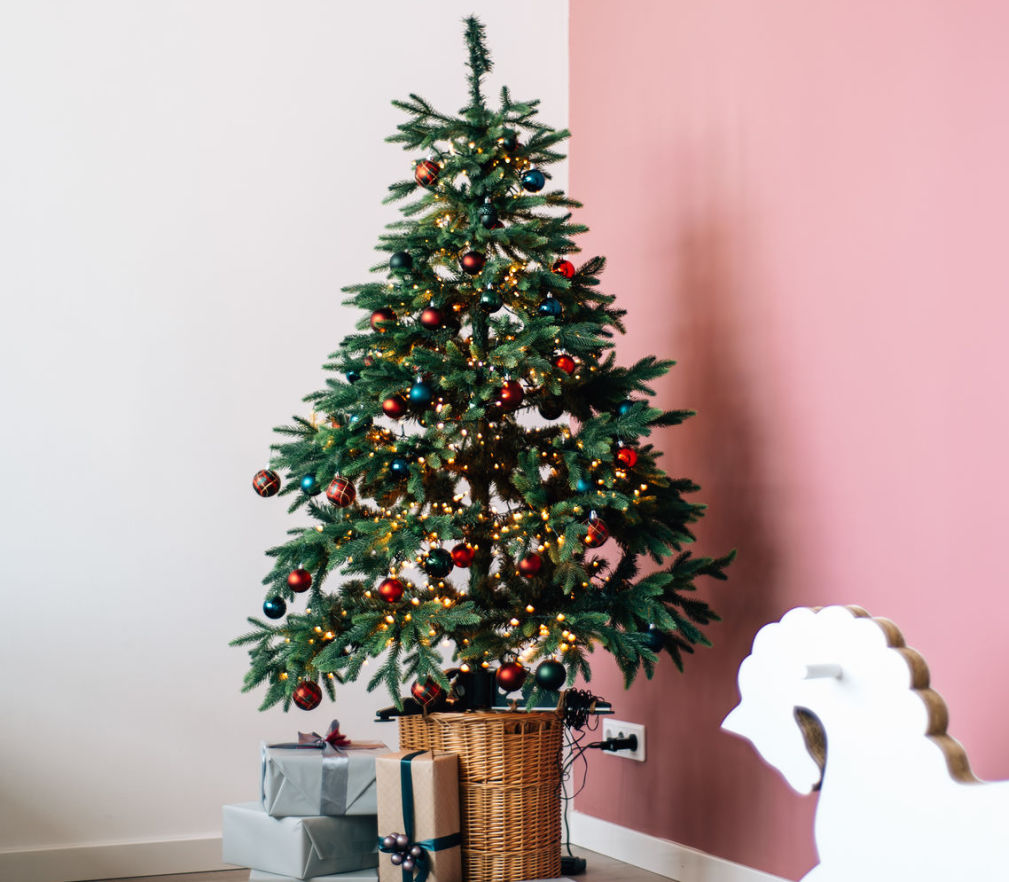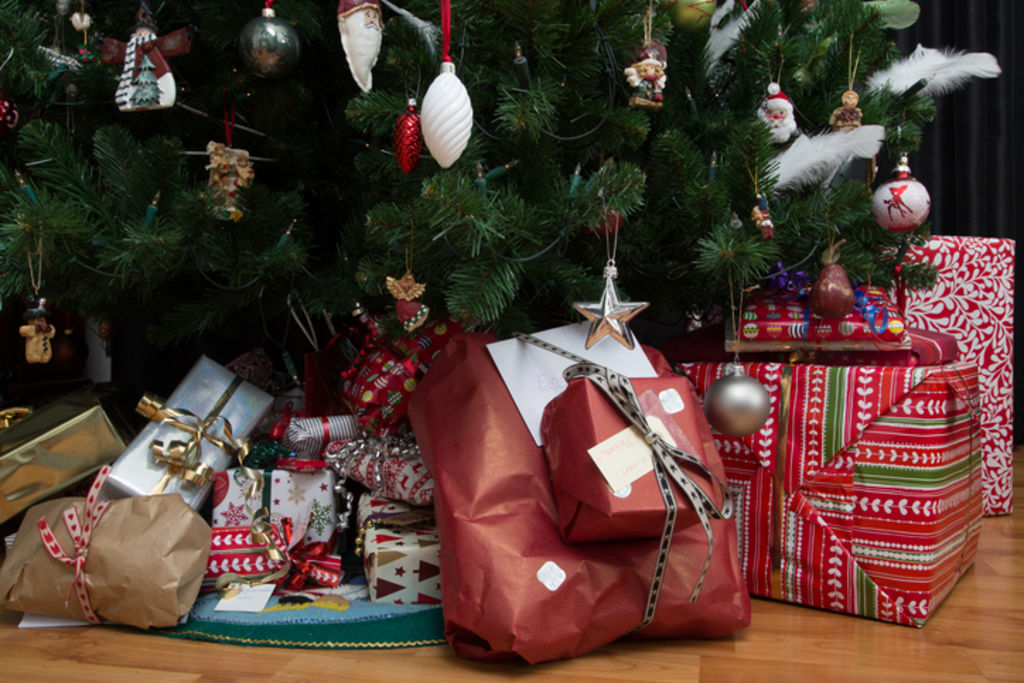Five ways to dispose of your dead Christmas tree

Choosing and decorating a freshly cut Christmas tree is a festive rite of passage so many of us cherish.
But come Boxing Day, the fresh pine scent has vanished, and we’re left with little more than a browning stump and a bunch of pesky pine needles that need sweeping up.
So what’s the easiest – and most ethical – way to dispose of your spent Christmas tree to save it from becoming a redback haven in your backyard or on your balcony?
For more tips on being sustainable, listen to episode two of Somewhere Else:
1. Call your council
Most local councils offer a free Christmas tree collection from your nature strip, turning your once-jolly tree into much-needed mulch or mine site rehabilitation.

“If you are buying a traditional tree, the best option would be to see if your council offers a mulching service because then at least [the tree] would get a second life, protecting other plants,” says Planet Ark recycling campaign manager, Claire Bell.
Councils vary in the way they collect your trees, with some requiring you to book a pick-up and others setting a single date for a massive community dead-tree collection.
For example, in Victoria, Melbourne City Council offers a free green waste pick-up service each month for residents, while Kingston Council has a designated Christmas tree pick-up day each January for anyone who books in.

In Sydney, Randwick Council zones different areas into designated Christmas tree collection days, so you have to make sure your tree is out the front on the right day, while the Inner West Council suggests you chop it up and put it in your green bin or if that’s not doable, book a council clean-up service to come and collect it.
Whatever you do, don’t put it in your ordinary rubbish bin or it will end up in landfill where Bells says it will produce methane, a potent greenhouse gas that plays a significant role in global warming.
“A bit like food scraps and any organic matter, if it goes into landfill, [when] it breaks down, the by-product is methane,” she says. “It’s not like it composts because that needs oxygen and good microbes to create good compost.”

2. Give it back
Some Christmas Tree farms, like Dandenong Christmas Tree Farm, will take your dead tree back at the end of the festive season and turn it into mulch for their next batch of pines. Drop it off at the front gate and think of it as paying forward some good tidings to next year’s trees.
3. Re-plant it
While a cut trunk can’t be re-planted, you can buy a sweet little pine from companies like Floraly and Merlino’s Christmas Trees that can then be re-potted or planted once the festive season is over.

“There are also many other types of trees that aren’t your traditional Christmas tree that could be used for a Christmas tree,” Bell says.
“They can be brought indoors or put in your back garden, and will live on, rather than expiring three days after Christmas.”
4. Use it on your garden
If you have access to a mulcher, throw your dead Christmas tree in it for a DIY fragrant garden topper.

“You might even be able to chop up your tree and use it for something decorative in your garden,” Bell says.
5. Make a new plan for next year
If you can’t be bothered organising disposal of your Christmas tree, consider a crafty or re-usable solution to save you the hassle next year.
“People are making Christmas trees out of pieces of wood or other materials, being quite inventive in creating a kind of sculptural Christmas tree,” Bell says.

If you prefer a traditional Christmas tree look and are thinking plastic, Bell suggests purchasing a good quality one so that it lasts a long time and doesn’t end up in landfill.
“If you’re buying a good quality artificial tree that you’re going to use for 20 years, that’s a good investment because it isn’t a single-use item and it has longevity,” she says.
“Another option is buying a second hand one from somewhere like Facebook Marketplace to give it a new life, rather than have it sent to landfill. But the ultimate [environmental] outcome would be using a living tree that you can then go and re-plant.”
We recommend
States
Capital Cities
Capital Cities - Rentals
Popular Areas
Allhomes
More










